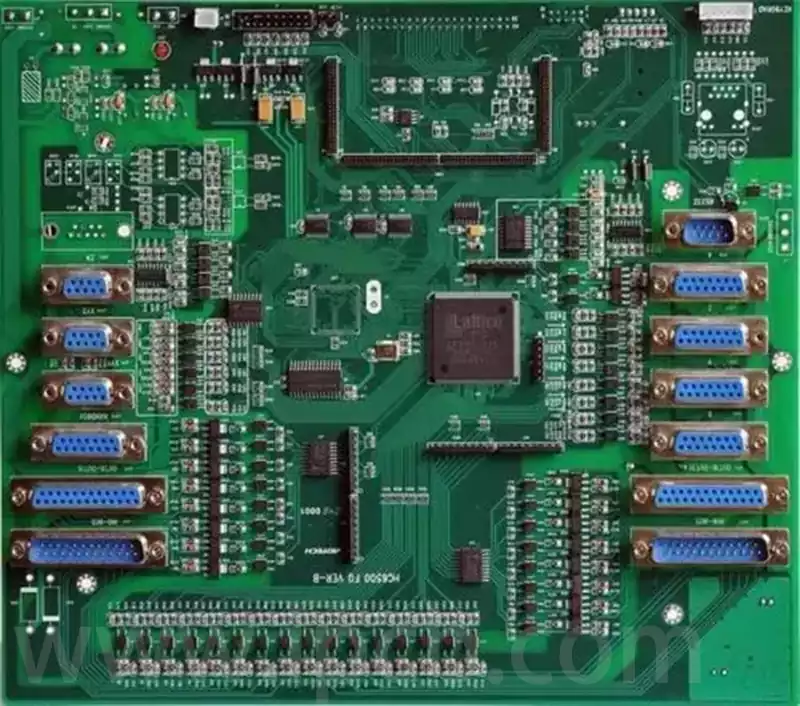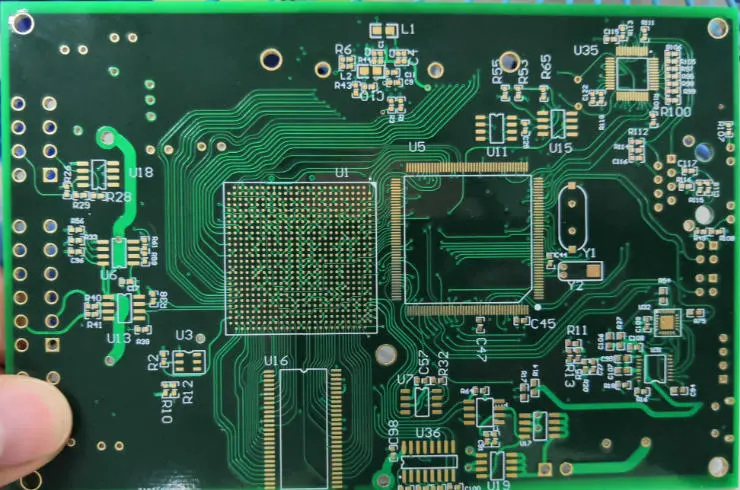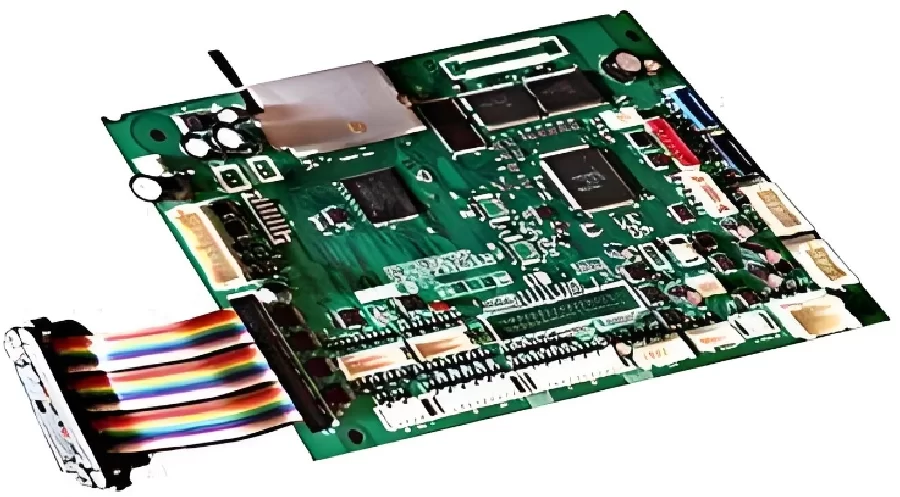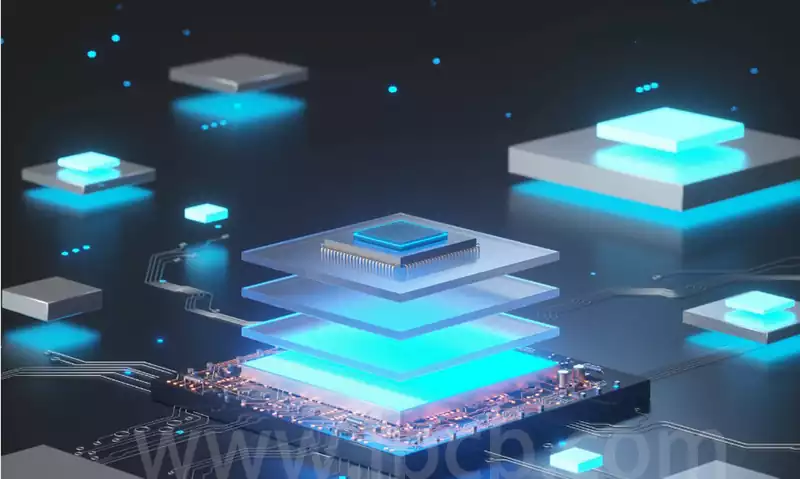In an era marked by environmental consciousness and a shift towards renewable energy, solar light technology has emerged as a beacon of sustainability. At the heart of this technology lies an often overlooked yet critical component: the Printed Circuit Board (PCB). Solar light circuit boards are the unsung heroes that power everything from small garden lights to large-scale solar lighting systems, enabling efficient energy conversion, storage, and distribution. This article delves into the essential role of PCBs in solar light technology, highlighting their design, functionality, and contribution to the green energy revolution.
Understanding Solar Light Circuit Boards
A solar light circuit board is a specialized PCB designed to manage and optimize the energy generated by solar panels. These boards are responsible for regulating the voltage and current, storing energy in batteries, and controlling the output to the light-emitting diodes (LEDs). Unlike traditional PCBs, which are used in various electronic devices, solar lamp circuit boards must be tailored to handle the unique demands of solar energy systems, including variable energy input, storage management, and efficient energy utilization.

Design Considerations for Solar Light Circuit Boards
- Component Selection: The choice of components is crucial for ensuring the longevity and efficiency of the solar light system. Components such as diodes, transistors, and capacitors must be selected based on their ability to withstand fluctuating voltages and currents that are typical in solar energy applications. High-quality components also contribute to minimizing energy loss, thereby maximizing the system’s overall efficiency, a critical aspect of any solar light circuit board.
- Thermal Management: Solar lamp circuit boards are often exposed to harsh environmental conditions, including high temperatures. Effective thermal management is essential to prevent overheating, which can degrade the performance of the solar light circuit board and reduce the lifespan of the entire solar light system. This is typically achieved through the use of heat sinks, thermal vias, and the careful layout of components to dissipate heat efficiently.
- Power Regulation: Solar energy is inherently variable, with fluctuations in sunlight intensity leading to changes in the energy generated by solar panels. A well-designed solar light circuit board must include robust power regulation circuits to ensure a consistent and stable output to the LEDs. This includes voltage regulators, charge controllers, and maximum power point tracking (MPPT) algorithms, which optimize the energy harvested from the solar panels and are integral to the performance of the solar light circuit board.
- Battery Management: The ability to store energy efficiently is a critical aspect of solar light systems, especially for applications where lighting is required during nighttime or cloudy conditions. Solar lamp circuit boards incorporate sophisticated battery management systems (BMS) that monitor and control the charging and discharging cycles of the batteries. This not only extends the battery life but also ensures that the stored energy is used effectively, a key feature of any well-designed solar light circuit board.
Advancements in Solar Light Circuit Board Technology
As solar light technology continues to evolve, so too does the PCB technology that underpins it. Recent advancements in PCB design and manufacturing have led to significant improvements in the performance, reliability, and cost-effectiveness of solar light systems.
- Miniaturization: The trend towards smaller and more compact solar light circuit boards has enabled the development of more discreet and aesthetically pleasing solar light products. Miniaturized solar light circuit boards also contribute to reducing the overall weight and material costs, making solar light systems more affordable and accessible.
- High-Density Interconnect (HDI) PCBs: HDI technology allows for more complex circuitry to be packed into a smaller area, increasing the functionality of the solar light circuit board without increasing its size. This is particularly beneficial for advanced solar light systems that require multiple functions, such as motion sensors, timers, and wireless connectivity.
- Flexible Solar Light Circuit Boards: Flexible PCBs offer greater design versatility, allowing them to be used in innovative solar light products that require unique shapes and configurations. For example, flexible solar light circuit boards can be integrated into solar light strips that can be wrapped around structures or embedded into fabrics, opening up new possibilities for solar-powered lighting solutions.
- Enhanced Durability: The use of advanced materials and protective coatings has improved the durability of solar light circuit boards, making them more resistant to environmental factors such as moisture, dust, and UV radiation. This ensures that solar light systems can operate reliably in a wide range of conditions, from coastal areas with high humidity to deserts with intense sunlight.
The Future of Solar Light Circuit Boards
The future of solar light circuit boards is bright, with ongoing research and development aimed at further enhancing their capabilities. Some of the key areas of focus include:
- Integration with Smart Technologies: As the Internet of Things (IoT) continues to grow, there is increasing interest in integrating smart technologies into solar light systems. This includes the development of solar light circuit boards that can communicate with other devices, enabling remote monitoring and control of solar lights via smartphone apps or central management systems.
- Energy Harvesting and Storage: Advancements in energy harvesting and storage technologies are expected to lead to even more efficient solar light systems. For example, new battery technologies such as solid-state batteries could offer higher energy densities and longer lifespans, while improved energy harvesting techniques could allow solar light circuit boards to capture energy from a wider range of environmental sources, such as ambient light or thermal gradients.
- Sustainability and Recycling: As the demand for solar light systems grows, there is also a growing focus on sustainability in solar light circuit board manufacturing. This includes the development of eco-friendly materials and processes that reduce the environmental impact of PCB production, as well as the design of circuit boards that are easier to recycle at the end of their lifecycle.
Solar light circuit boards are the cornerstone of modern solar lighting technology, enabling the efficient conversion, storage, and use of solar energy. Through careful design, innovative materials, and advanced manufacturing techniques, these solar light circuit boards are paving the way for more reliable, cost-effective, and sustainable solar light solutions. As technology continues to advance, solar light circuit boards will undoubtedly play an even more critical role in the global transition to renewable energy.
In a world where the demand for clean and sustainable energy is ever-increasing, the importance of solar light circuit boards cannot be overstated. They are not just components; they are the driving force behind a brighter, greener future.



